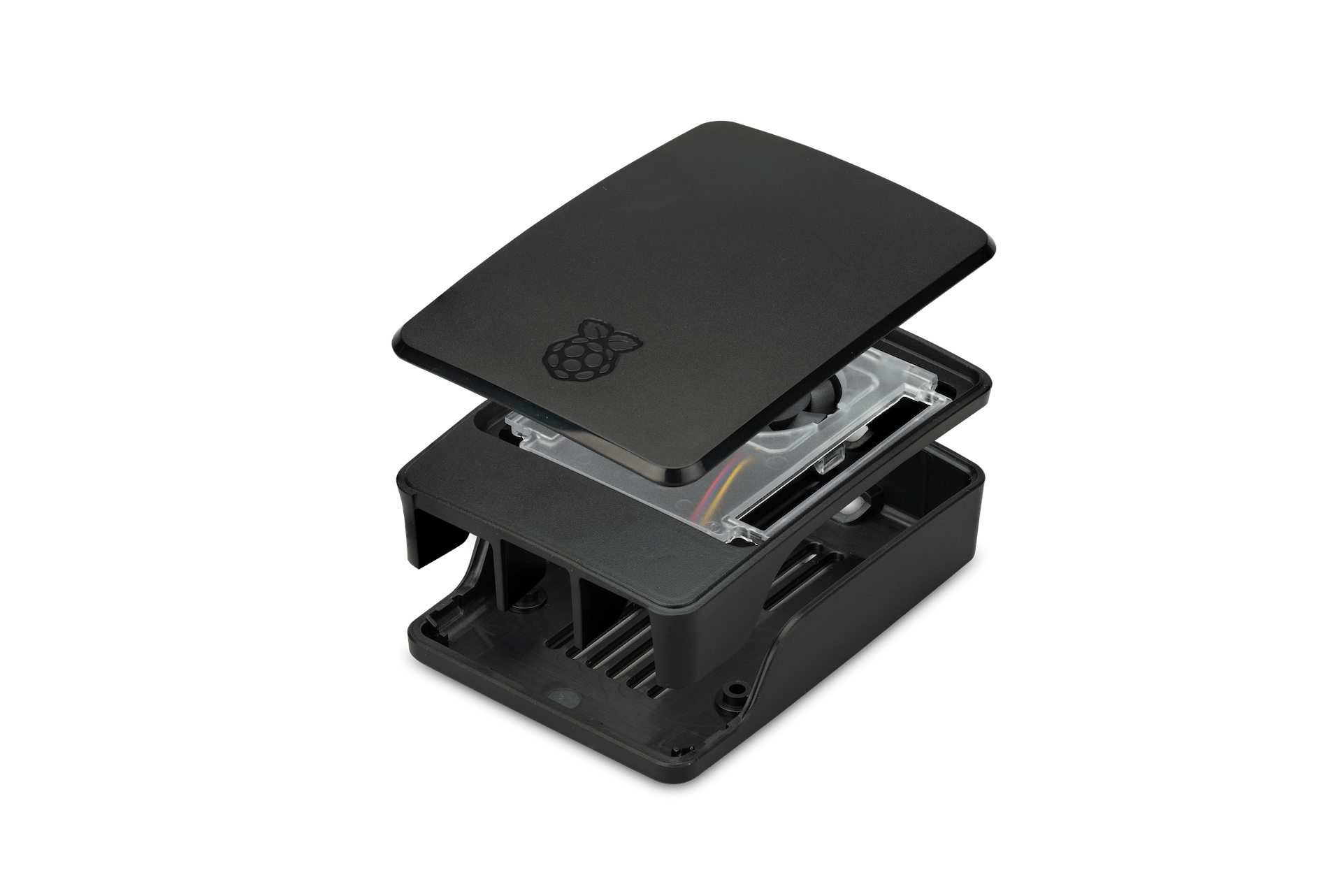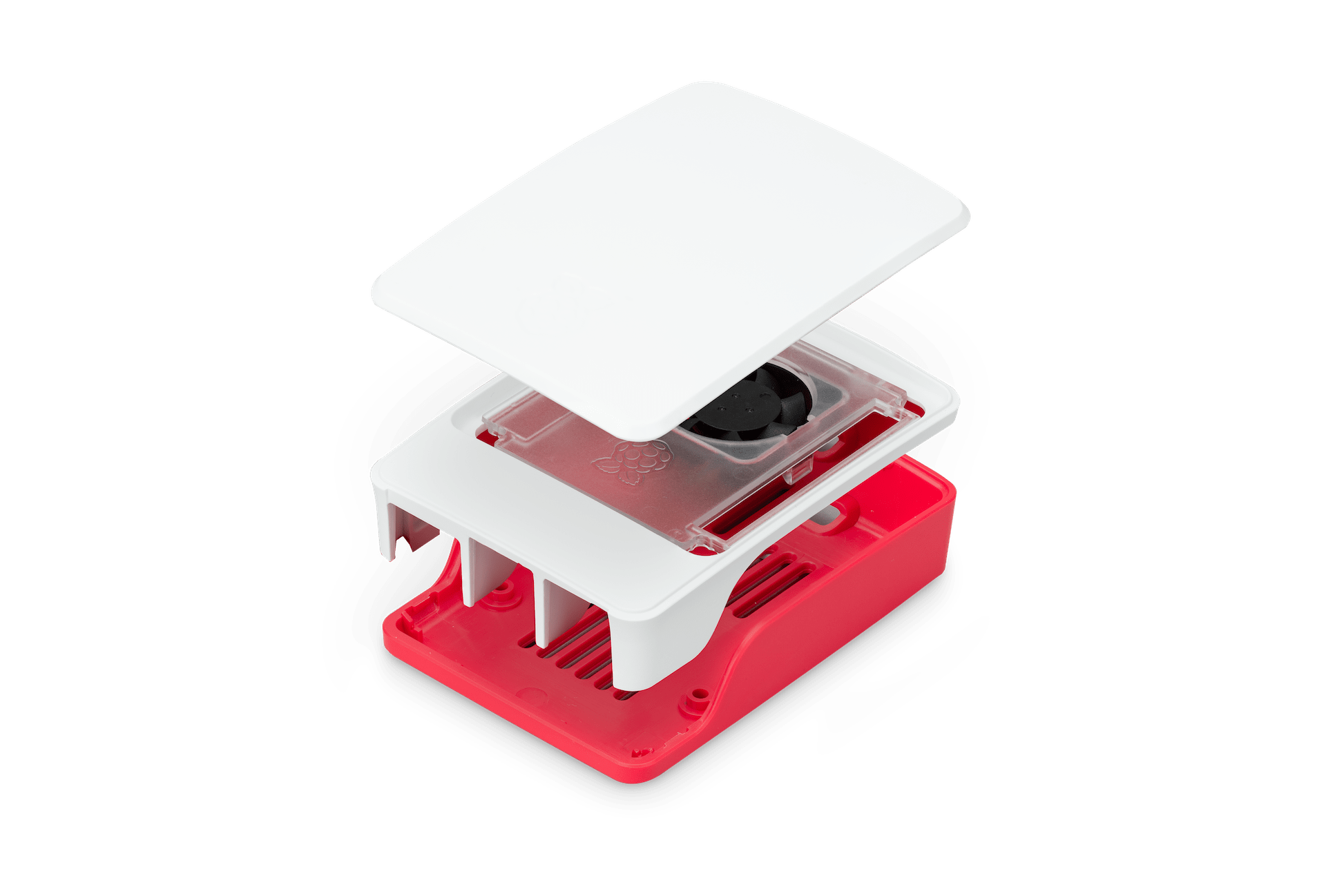Connecting to your Raspberry Pi from a different network using SSH can seem daunting at first, but with the right steps, it becomes straightforward. This guide will walk you through the entire process, ensuring you can access your Raspberry Pi remotely with ease and security.
Remote access to your Raspberry Pi opens up endless possibilities, from managing home automation systems to running server applications. However, achieving secure access from a different network requires a solid understanding of the necessary configurations and tools.
In this article, we will explore step-by-step instructions, best practices, and troubleshooting tips to ensure your connection is both secure and reliable. Whether you're a beginner or an advanced user, this guide will provide all the information you need to get started.
Read also:Zoolander 3 The Ultimate Guide To The Hilarious Fashion World Adventure
Table of Contents
- Introduction to SSH and Raspberry Pi
- Prerequisites for SSH Connection
- Enabling SSH on Your Raspberry Pi
- Finding Your Raspberry Pi's IP Address
- Setting Up Port Forwarding
- Using Dynamic DNS for Remote Access
- Connecting via SSH from a Different Network
- Enhancing Security for Remote Connections
- Troubleshooting Common Issues
- Conclusion and Next Steps
Introduction to SSH and Raspberry Pi
SSH, or Secure Shell, is a cryptographic network protocol that allows secure communication between devices over an unsecured network. It is widely used for remote command-line login and execution, making it indispensable for managing systems like the Raspberry Pi.
The Raspberry Pi, a versatile single-board computer, is often used for projects that require remote access. Whether you're setting up a home server or managing IoT devices, understanding how to SSH into your Raspberry Pi is crucial.
In this section, we will cover the basics of SSH and why it is essential for Raspberry Pi users. We'll also discuss the potential applications of remote access and how it can enhance your projects.
Prerequisites for SSH Connection
Before diving into the process, it's important to ensure you have everything you need to establish a successful SSH connection. Below is a list of prerequisites:
- A Raspberry Pi with Raspbian or any other compatible operating system installed.
- An active internet connection on both your Raspberry Pi and the device you're connecting from.
- An SSH client installed on your local machine (e.g., PuTTY for Windows, Terminal for macOS/Linux).
- A static IP address or Dynamic DNS service for your Raspberry Pi.
- Access to your router's settings for port forwarding configuration.
Having these prerequisites in place will make the process smoother and more efficient.
Enabling SSH on Your Raspberry Pi
Accessing Raspberry Pi Configuration
Enabling SSH on your Raspberry Pi is the first step toward remote access. Follow these steps to enable SSH:
Read also:Alice Cottonsox Fans Exploring The World Of An Influential Content Creator
- Open the Raspberry Pi Configuration tool by typing
sudo raspi-configin the terminal. - Navigate to "Interfacing Options" and select "SSH."
- Choose "Yes" to enable SSH and then confirm your selection.
Alternatively, you can enable SSH by creating an empty file named "ssh" on the boot partition of your SD card before booting your Raspberry Pi.
Finding Your Raspberry Pi's IP Address
Knowing your Raspberry Pi's IP address is essential for establishing a connection. You can find the local IP address by running the following command in the terminal:
hostname -I
This will display the IP address assigned to your Raspberry Pi by your router. For remote access, you'll need to determine your public IP address, which can be found by visiting websites like WhatIsMyIP.com.
Setting Up Port Forwarding
Configuring Router Settings
Port forwarding allows you to direct incoming traffic from the internet to a specific device on your local network. To set up port forwarding:
- Log in to your router's admin interface using its IP address.
- Locate the port forwarding or virtual server settings.
- Add a new rule, specifying port 22 (the default SSH port) and directing it to your Raspberry Pi's local IP address.
Ensure that the port forwarding rule is saved and applied for optimal functionality.
Using Dynamic DNS for Remote Access
Overcoming Dynamic IP Challenges
Many internet service providers assign dynamic IP addresses, which can change periodically. To maintain a stable connection, consider using a Dynamic DNS (DDNS) service. Services like No-IP or DuckDNS provide free DDNS solutions.
By linking your dynamic IP address to a static hostname, you can access your Raspberry Pi using a consistent address regardless of IP changes.
Connecting via SSH from a Different Network
Using an SSH Client
With SSH enabled, port forwarding configured, and DDNS set up, you're ready to connect from a different network. Follow these steps:
- Open your SSH client and enter the hostname or public IP address of your Raspberry Pi.
- Specify port 22 and provide the username and password for your Raspberry Pi.
- Establish the connection and begin interacting with your device remotely.
For added convenience, consider using SSH keys for passwordless authentication.
Enhancing Security for Remote Connections
Best Practices for Secure SSH Access
Security is paramount when allowing remote access to your Raspberry Pi. Implement the following best practices:
- Change the default SSH port to a non-standard number to reduce automated attacks.
- Disable password authentication and use SSH keys instead.
- Install and configure a firewall to restrict access to specific IP addresses.
- Regularly update your Raspberry Pi's software to patch security vulnerabilities.
These measures will significantly enhance the security of your remote connections.
Troubleshooting Common Issues
Resolving Connection Problems
Encountering issues while trying to SSH into your Raspberry Pi? Here are some common problems and their solutions:
- Connection Refused: Ensure SSH is enabled and the correct port is forwarded.
- Timeout Errors: Verify your public IP address and check for firewall restrictions.
- Authentication Failed: Double-check your username and password, or regenerate SSH keys if necessary.
If problems persist, consult your router's documentation or seek assistance from online communities.
Conclusion and Next Steps
Connecting to your Raspberry Pi from a different network using SSH is a powerful capability that can revolutionize how you manage and interact with your devices. By following the steps outlined in this guide, you can establish a secure and reliable remote connection.
Remember to prioritize security and regularly update your configurations to protect your Raspberry Pi from potential threats. For further exploration, consider delving into advanced SSH features, such as tunneling or setting up a VPN for added privacy.
We encourage you to leave a comment below with your experiences or questions. Don't forget to share this article with others who might find it helpful, and explore our other tutorials for more Raspberry Pi tips and tricks!
Source: Raspberry Pi Documentation


